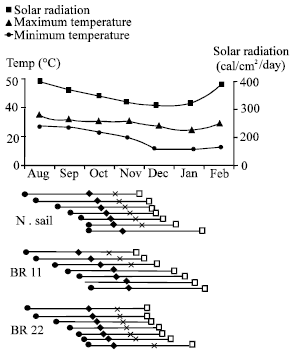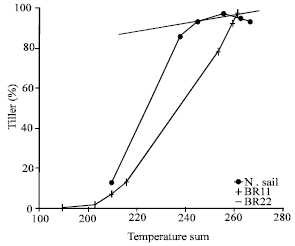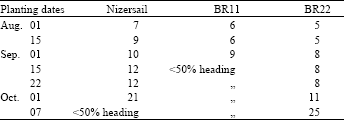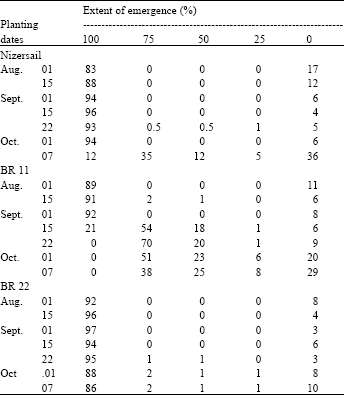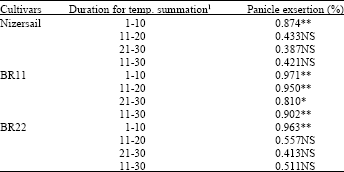Research Article
Effect of Planting Dates on Phenological Events of Transplanted Aman Rice
Farm Management Division, Bangladesh Rice Research Institute, Gazipur- 1 71) I Bangladesh
S. M.A. Sattar
Agronomy Division, Bangladesh Rice Research Institute, Gazipur- 1 71) I Bangladesh
M. S. Islam
Farm Management Division, Bangladesh Rice Research Institute, Gazipur- 1 71) I Bangladesh
M. J.U. Chowdhury
Farm Management Division, Bangladesh Rice Research Institute, Gazipur- 1 71) I Bangladesh









